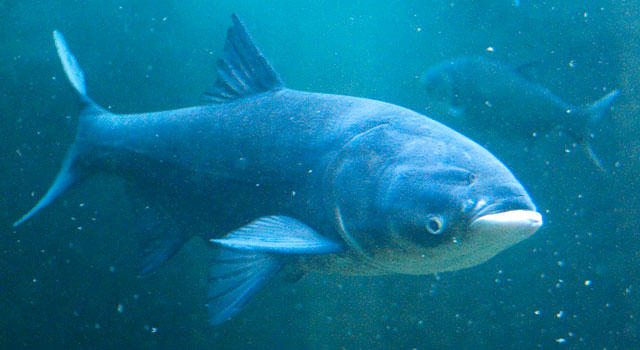2019 State of Great Lakes Report Released
The United States Environmental Protection Agency (EPA) and Environment and Climate Change Canada (ECCC) released the 2019 State of the Great Lakes report that provides an overview of the health of the Great Lakes ecosystem.
Valuable Resource
Overall, the report concluded that Great Lakes water quality is assessed as “fair and unchanging.” Progress has been made to restore and protect the lakes, including a reduction in toxic chemicals, but challenges including invasive species and excess nutrients that contribute to toxic and nuisance algae remain.
“The Great Lakes is home to one of the world’s greatest bodies of fresh water and while progress on water quality is happening, there is still work to be done,” Andrew Wheeler, EPA administrator, said in a statement. “This report shows that invasive species and excess nutrients continue to undermine ecosystem health. These status reports directly inform state and federal policies toward the Great Lakes.”
Added Jonathan Wilkinson, Canadian minister of environment and climate change, “The ongoing protection and maintenance of this valuable freshwater resource is a great reminder of what we can accomplish by working together. Canada looks forward to continue collaborating with our American neighbors to safeguard the Great Lakes for generations to come.”
Collaborative Effort
The SOGL report is developed with the Great Lakes Water Quality Agreement and provides a summary of the health of the world’s largest body of fresh water. The assessment was made based on indicators of ecosystem health, such as drinking water, fish consumption and beach closures. More than 180 government and non-government Great Lakes scientists and other experts worked to assemble available data and prepare the report.
The EPA and other federal agencies are using Great Lakes Restorative Initiative funds to strategically target the biggest threats to the area’s ecosystem including those identified in the SOGL report.
After the previous report issued in 2017, approximately $900 million of GLRI funds have been used to restore and protect the Great Lakes. Actions taken during the last year include the release of Great Lakes Action Plan 3 and the establishment of the first-ever Trash Free Waters grants program for the Great Lakes. Last month, the EPA announced more than $9 million for projects to reduce excess nutrients in the waters of the lakes, $6.4 million to enhance Great Lakes fisheries and an additional $20 million to address persistent challenges in the lakes.


